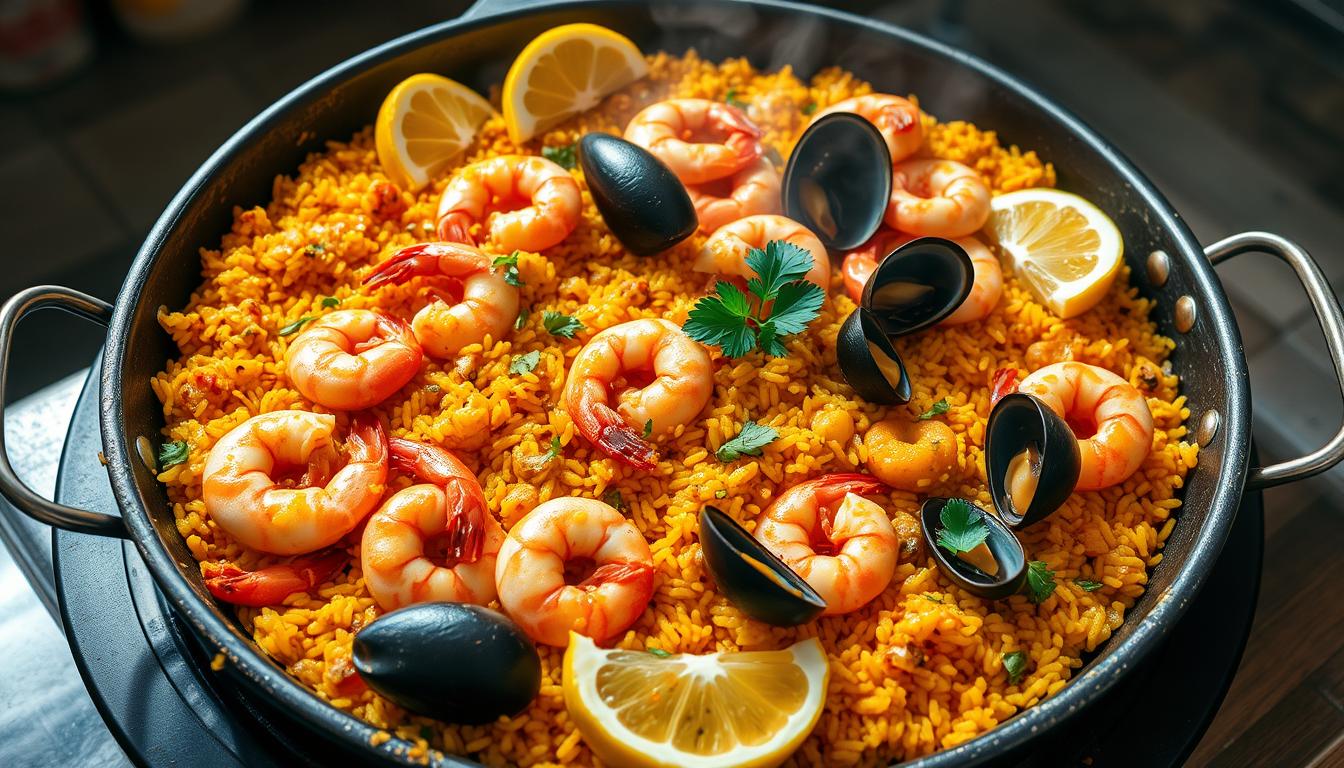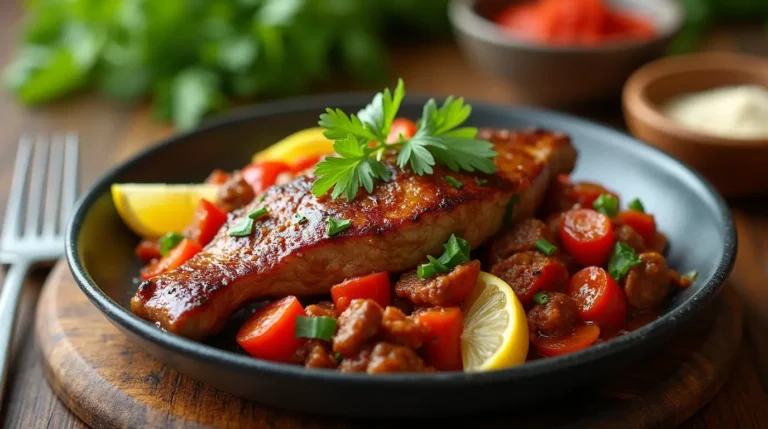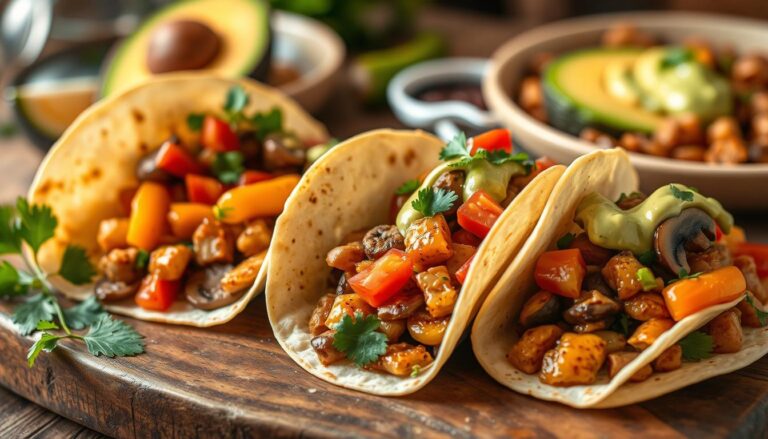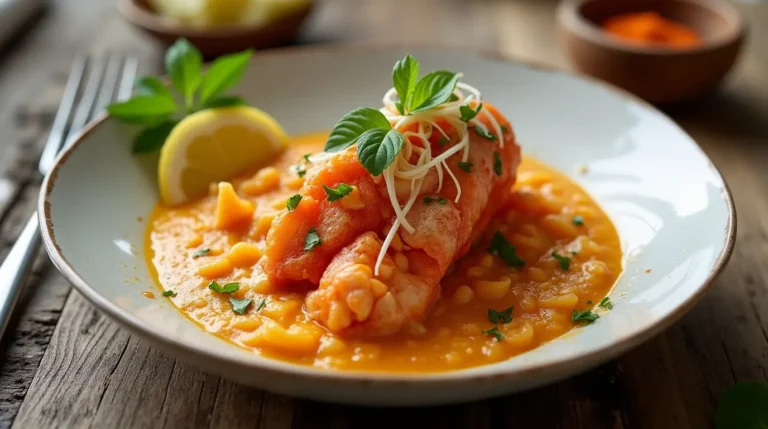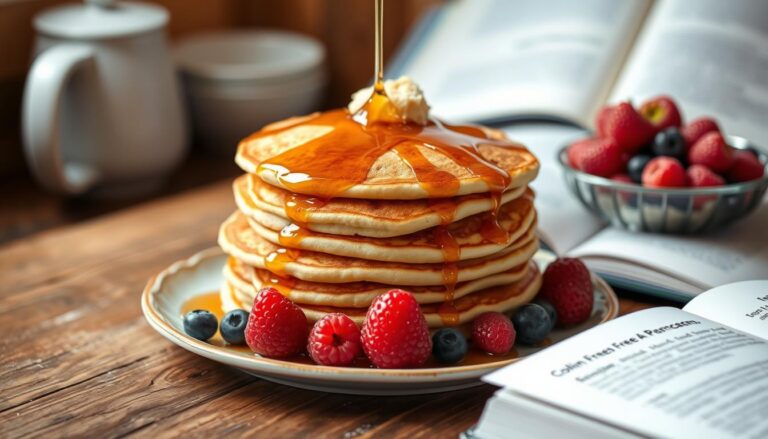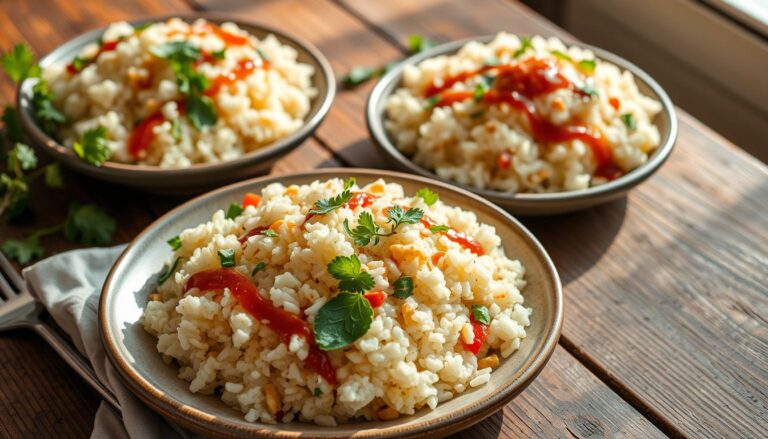Mouthwatering Seafood Paella: A Restaurant-Quality Dish at Home!
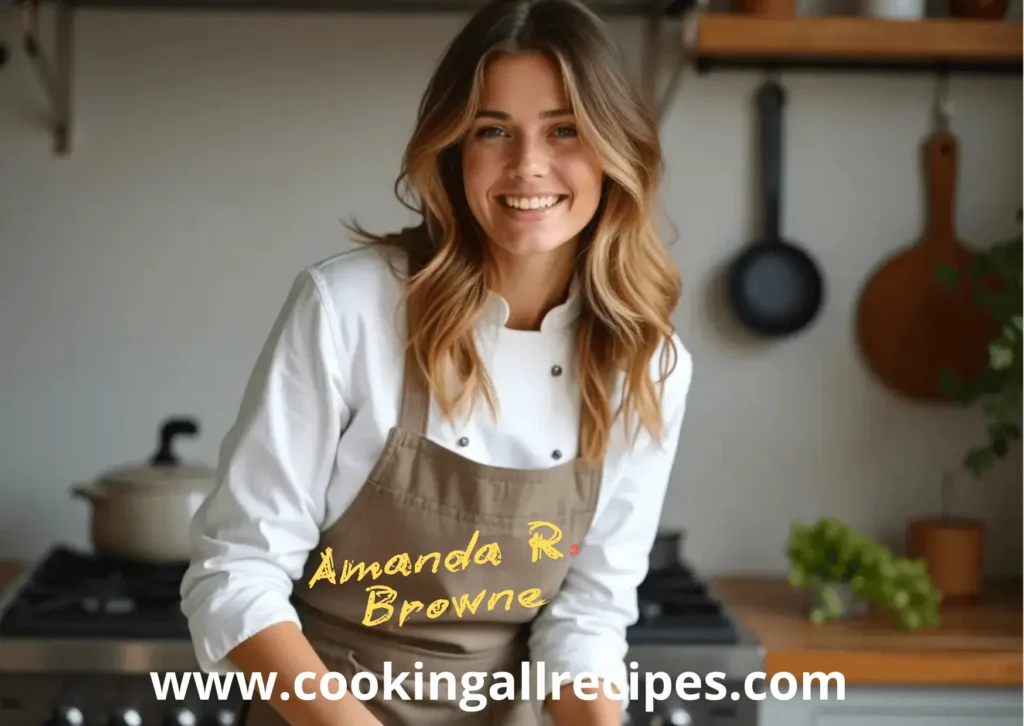
Table of Contents
Imagine turning your kitchen into a Spanish culinary paradise. The smell of saffron and seafood fills the air. My first time trying seafood paella was in Barcelona, and it changed my cooking forever.
Seafood paella is more than a meal; it’s a way to bring people together. It’s a mix of flavours, textures, and art. It features shrimp, mussels, clams, and squid, showing off Spain’s rich seafood.
Start your journey to making a top-notch seafood paella. This dish serves 5, perfect for family meals and parties2. With the right ingredients and skills, you’ll make a dish that feels like Valencia.
The key is choosing the right rice. Bomba or Calasparra are the best, as they soak up liquid well without losing their texture2. You’ll need 1½ cups of this rice for a true and tasty paella.
Prepare to wow your guests with a beautiful and tasty dish. A seafood paella that captures the heart of Spanish cooking.
Understanding the Rich History of Spanish Paella
Paella is a journey through Valencian cuisine and Spanish tradition. It started in Valencia’s fields, becoming a famous dish worldwide.
Origins in Valencia’s Agricultural Heartland
In the 14th and 15th centuries, farm workers created paella. They used local ingredients in a one-pan meal, which became Spain’s culinary gem.
- Traditional ingredients included chicken, rabbit, and local beans
- Cooking occurred in a distinctive shallow pan called la paella
- Local rice varieties played a crucial role in the dish’s development
Evolution into a Culinary Icon
By the late 18th century, paella was loved across Spain, from Galicia to the Canary Islands. Coastal areas added seafood, making the dish even more popular.
| Paella Variation | Key Ingredients |
|---|---|
| Traditional Valencian | Chicken, rabbit, beans, saffron |
| Seafood Paella | Shrimp, mussels, clams, squid |
Traditional Preparation Methods
Making paella is an art. Chefs use a special steel pan with dimples for even heat. They don’t stir the rice, creating the socarrat crust.
Today, paella is at the heart of Spanish tradition. It connects people through its rich flavours.
Essential Ingredients for Perfect Seafood Paella
Making a real seafood paella begins with top-notch ingredients. These will make your saffron rice and shellfish medley shine. They turn a simple meal into a feast fit for a restaurant.
The heart of a great paella is its main parts. Here’s what you’ll need:
- Seafood Selection:
- 500g prawns or shrimp
- 250g calamari rings
- 250g half-shell mussels
- Aromatic Base:
- 1 finely chopped onion
- 4 crushed garlic cloves
- 400g chopped tomatoes
Spices are key to making your paella stand out. Saffron threads give it that golden colour and unique smell. Smoked paprika adds a rich flavor.
| Ingredient Category | Key Components | Quantity |
|---|---|---|
| Rice | Short-grain Spanish rice (Bomba) | 2 cups |
| Liquid | Chicken or fish stock | 4 cups |
| Seasoning | Salt and Pepper | 2 tsp salt, 1 tsp pepper |
Pro tip: Fresh, top-quality ingredients are the key to a real seafood paella. Spend a bit more on the best seafood and Spanish rice. It makes all the difference in taste.
8 Must-Have Appliances for Mouthwatering Seafood Paella: Cook Like a Pro at Home!
| Appliance | Purpose | Recommended Product |
|---|---|---|
| Electric Paella Pan | Perfect for authentic paella cooking | Adds smoky flavour to seafood |
| Indoor Smoker | Adds smoky flavor to seafood | Breville Poly Science Smoking Gun |
| Electric Rice Cooker | Cooks rice perfectly for paella | Zojirushi Neuro Fuzzy Rice Cooker |
| Immersion Circulator | Sous-vide seafood for perfect tenderness | Anova Culinary Sous Vide Precision Cooker |
| Electric Herb Grinder | Grinds fresh herbs for seasoning | Cuisinart Electric Herb Grinder |
| Food Dehydrator | Dries spices or makes crispy toppings | COSORI Food Dehydrator |
| Electric Skillet | Sauté seafood and simmer sauces | Presto 16-inch Electric Skillet |
| Smart Oven | Roasts or bakes seafood for added flavor | Breville Smart Oven Air Fryer Pro |
Choosing the Right Rice: Bomba vs Calasparra
The secret to a great Spanish rice dish is picking the right rice. Your paella’s success depends on knowing the different Spanish rice types. Bomba rice is the top choice for making amazing paella.
Bomba rice is amazing because it can soak up to three times its size in broth. This makes it the best rice for paella. It keeps each grain separate and perfectly cooked, just like traditional Spanish food.
Understanding Spanish Rice Varieties
- Bomba rice: The premium choice for authentic paella
- Calasparra rice: Known as the “pearl of Spanish rice”
- Arborio rice: A potential alternative with different characteristics
Proper Rice-to-Liquid Ratios
The best ratio for cooking bomba rice is 1 cup of rice to 3 cups of broth. This ratio helps your rice dish get the right texture and flavour. Cooking time is about 18 to 20 minutes on low heat.
Storage and Preparation Tips
- Avoid pre-soaking bomba or Calasparra rice
- Toast rice in olive oil to enhance flavour
- Use high-quality broth for maximum taste
- Aim for approximately 1/3 cup of rice per person
Pro tip: The secret to a great paella is letting the rice soak up flavours from the broth. Keep each grain separate. Your patience and care will turn a simple dish into a masterpiece.
The Importance of Saffron and Spices
Saffron makes your saffron rice special, adding a golden touch to paella that’s unmatched. It’s called “red gold” and is very expensive because of how hard it is to get.
Knowing about saffron can make your seafood paella taste like it’s from a top restaurant. Each thread comes from a special flower that blooms only briefly each year. Saffron’s flavor is complex and aromatic, making it key to Spanish cooking.
- A single gram requires 150 saffron threads
- Approximately 150 flowers produce just one gram of saffron
- Harvesting is entirely manual, contributing to its high-value
Adding piquillo peppers to your paella with saffron can make the flavours even richer. Spanish saffron is known for its deep red colour and strong taste, making it the best choice for cooking.
“Saffron is not just a spice, it’s liquid sunshine in your dish.” – Anonymous Chef
Pro tip: To get the most out of saffron, toast the threads and soak them in warm liquid before adding to your rice. This way, you get all the flavor.
| Saffron Characteristic | Culinary Impact |
|---|---|
| Color | Golden-yellow hue |
| Flavor Profile | Subtle, earthy, complex |
| Origin | Crocus sativus flower |
Remember, a little bit of high-quality saffron can turn your seafood paella into something truly unforgettable!
Selecting and Preparing Fresh Seafood
Starting a stunning shellfish medley means picking the best seafood for your paella. The right seafood can turn a simple meal into a memorable feast.
Shellfish Selection Fundamentals
Freshness is key when picking seafood for your paella. Here’s what to look for:
- Shrimp should have a firm texture and mild ocean scent
- Mussels must have tightly closed shells or close when tapped
- Clams should feel heavy for their size
Cleaning and Preparation Techniques
Cleaning your seafood right keeps your fish stock fresh and tasty. Here’s how to prep your shellfish:
- Rinse shellfish under cold water
- Remove shells and devein shrimp carefully
- Scrub clams and mussels to remove sand
Storage Best Practices
Keep your seafood fresh by storing it right:
| Seafood Type | Refrigeration Time | Storage Recommendation |
|---|---|---|
| Shrimp | 1-2 days | Store on ice, covered |
| Mussels | 1-2 days | Store in a breathable bag |
| Clams | 2-3 days | Store in breathable bag |
“The secret to an exceptional paella lies in the quality and preparation of your seafood.”
Pro tip: Making your fish stock from shellfish shells can make your paella taste amazing. The shells add a deep, salty flavour that store-bought stocks can’t match.
Mastering the Paellera Pan Technique
The paellera pan is key to Spanish cooking, turning seafood paella into a true masterpiece. It’s not just a pan; it’s a tool that makes paella special. Its wide, shallow shape helps the rice cook evenly and creates the crispy socarrat layer everyone loves.
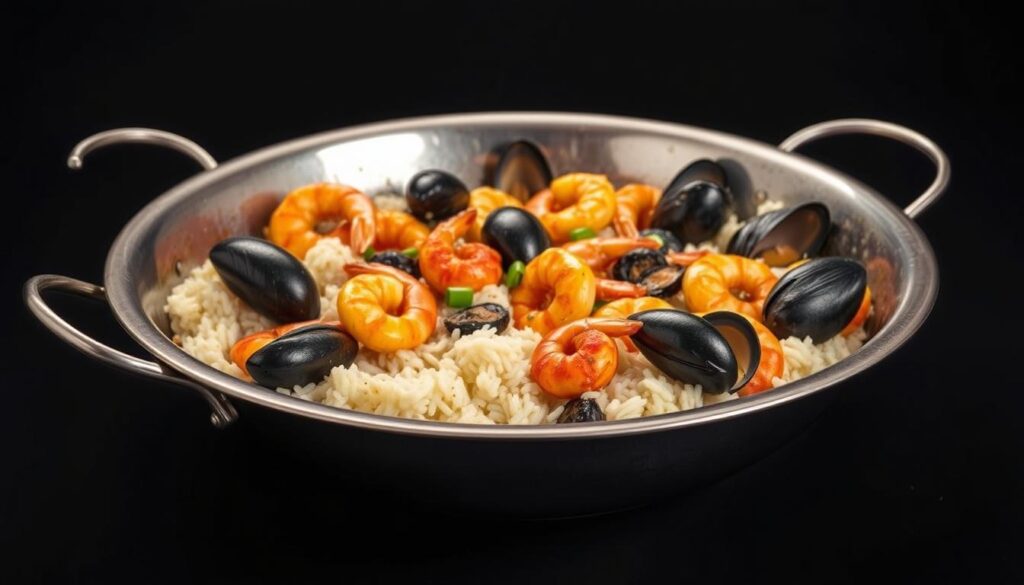
Choosing the right paellera pan size is important. The right size ensures even heat and great cooking results. Here are some sizes for different groups:
| Pan Diameter | Serving Capacity |
|---|---|
| 40 cm (15.5 inches) | Up to 3 people |
| 55 cm (21.5 inches) | Up to 5 people |
| 65 cm (25.5 inches) | Up to 7 people |
| 80 cm (31.5 inches) | Up to 10 people |
| 90 cm (35 inches) | Up to 12 people |
Looking after your paellera pan is important. Here’s how to keep it in top shape:
- Season the pan before first use to prevent rusting
- Clean with hot water and a soft sponge
- Avoid using soap or abrasive materials
- Dry thoroughly after washing
- Apply a light coat of oil to prevent oxidation
“The paellera is not just a pan, it’s a storyteller of Spanish culinary heritage.”
Professional chefs say the paellera pan’s special features are crucial for authentic seafood paella. Its wide surface helps rice cook evenly, giving paella its unique texture loved by many.
Step-by-Step Seafood Paella Recipe
Making a real Spanish rice dish needs care and love. Your first step is to learn how to layer flavours.
Creating the Sofrito Base
First, heat olive oil in a big paella pan. Add 1 medium onion and 1 garlic clove, cooking until they’re soft. This base is key to your dish’s taste.
- Dice onions finely
- Mince garlic carefully
- Use medium heat for optimal flavour development
Adding Rice and Building Flavors
Next, add 1 ½ cups of bomba rice, mixing well with the base. This rice is special for paella, and you need to cook it just right.
Make your fish stock by simmering it for 20-30 minutes. Use 2 glasses of rice for every 5 glasses of stock.
| Seafood Ingredient | Quantity |
|---|---|
| Fresh Mussels | 500 grams |
| Shrimps | 4 pieces |
| Prawns | 4 pieces |
| Small Crabs | 8 pieces |
Final Cooking and Socarrat Formation
Cook the rice on high heat for 5 minutes, then lower the heat to medium for 10 minutes. This makes the socarrat, a crispy bottom that’s a must in paella.
After cooking, cover your paella for 5 minutes. This lets the flavors mix and the rice soak up any leftover stock.
Tips for Achieving Restaurant-Style Presentation
To make your seafood paella look like a work of art, focus on presentation. You want to show off the beauty of valencian cuisine. The key is to balance, color, texture, and proportion.
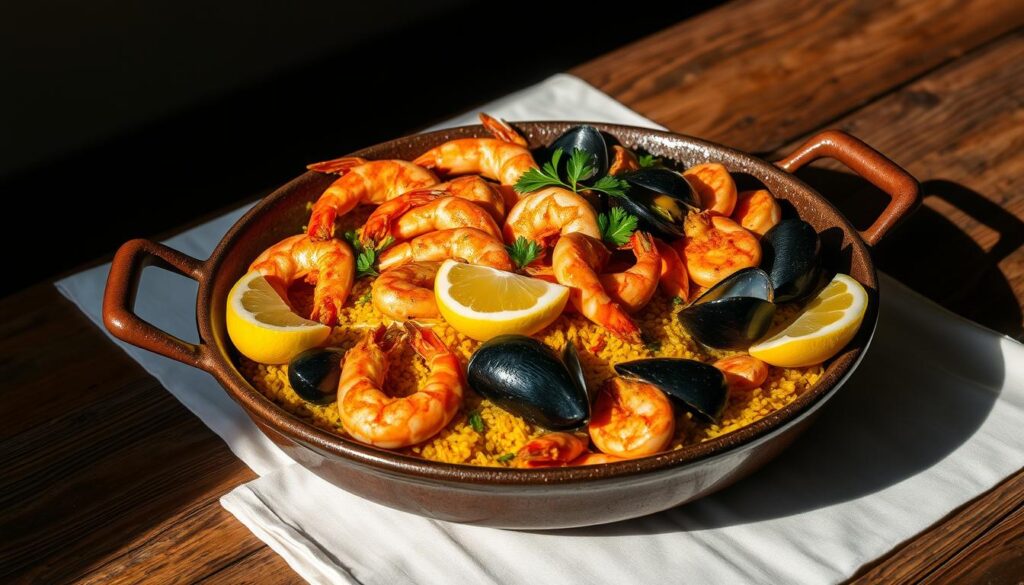
- Use a traditional paellera pan as your serving dish
- Distribute seafood and rice with an intentional visual flow
- Create colour contrast with bright lemon wedges and fresh herbs
- Showcase the prized socarrat (crispy bottom layer) prominently
Colour is important in your presentation. Choose bright ingredients for excitement. Use a dark plate to highlight your paella’s golden color.
| Presentation Style | Key Characteristics |
|---|---|
| Rustic | Natural elements, earthy tones, traditional serving |
| Minimalist | Clean lines, simple arrangement, focused presentation |
| Artistic | Creative plating, intentional ingredient placement |
Great presentation turns a meal into a memorable experience. It celebrates the essence of Spanish culinary tradition.
Conclusion
You now know how to make a seafood paella that’s as good as what you find in restaurants. By learning the techniques and the history of this Spanish dish, you can make your kitchen a place where food lovers gather. Your journey with paella is more than cooking. It’s about connecting with a tradition that brings people together for meals.
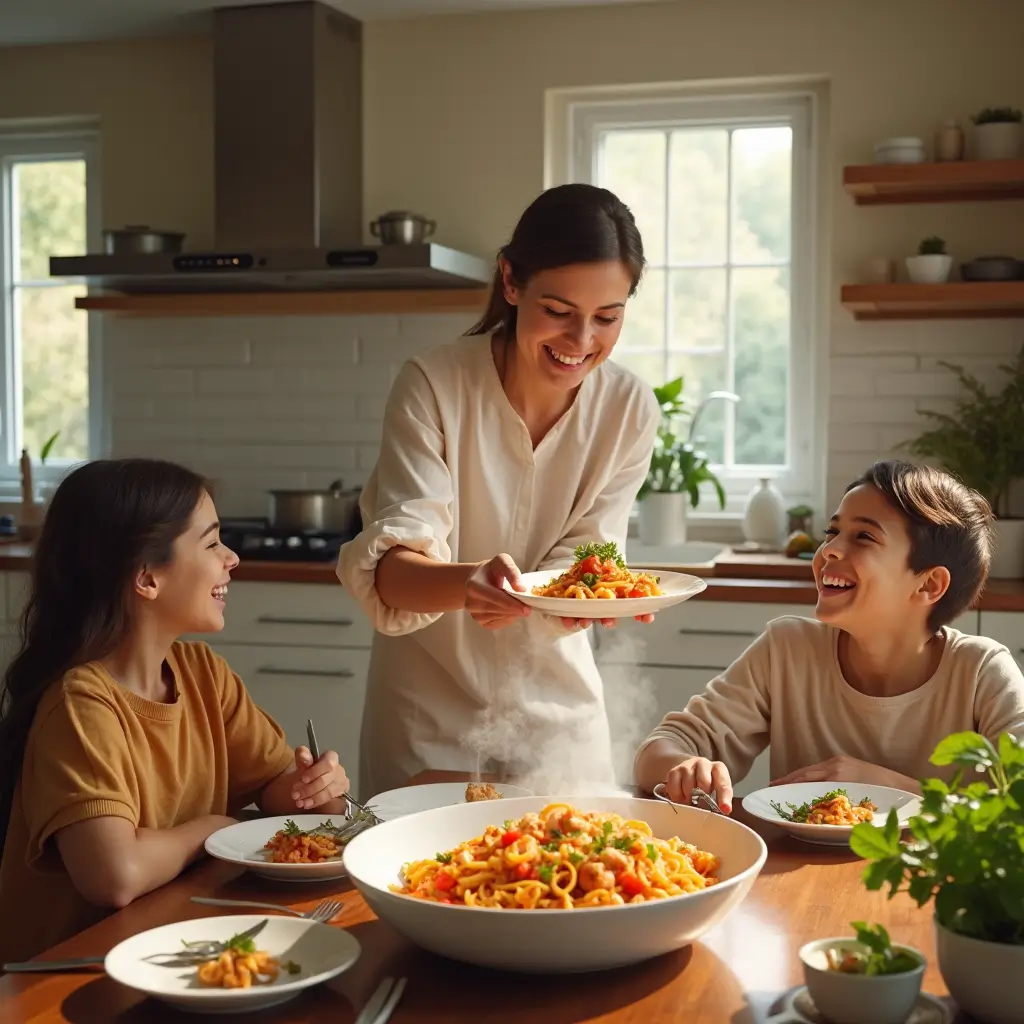
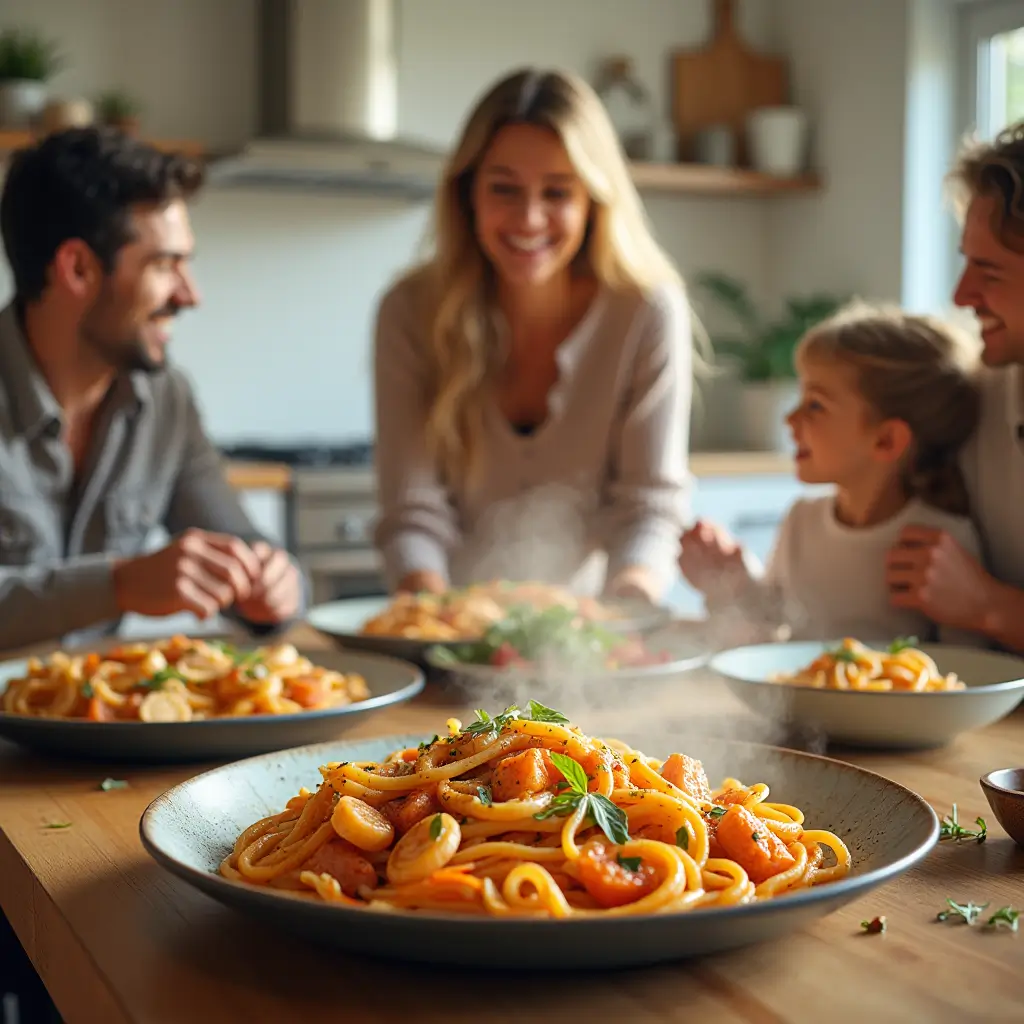
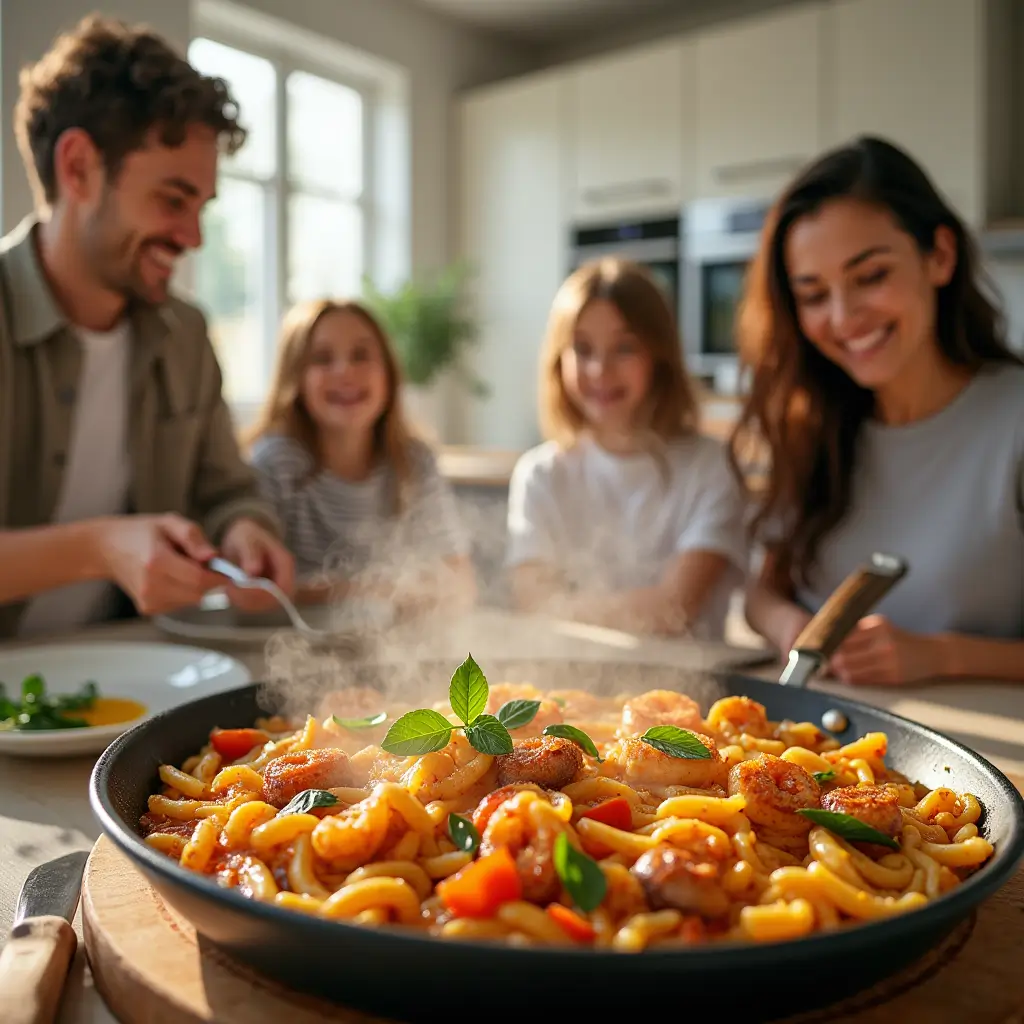
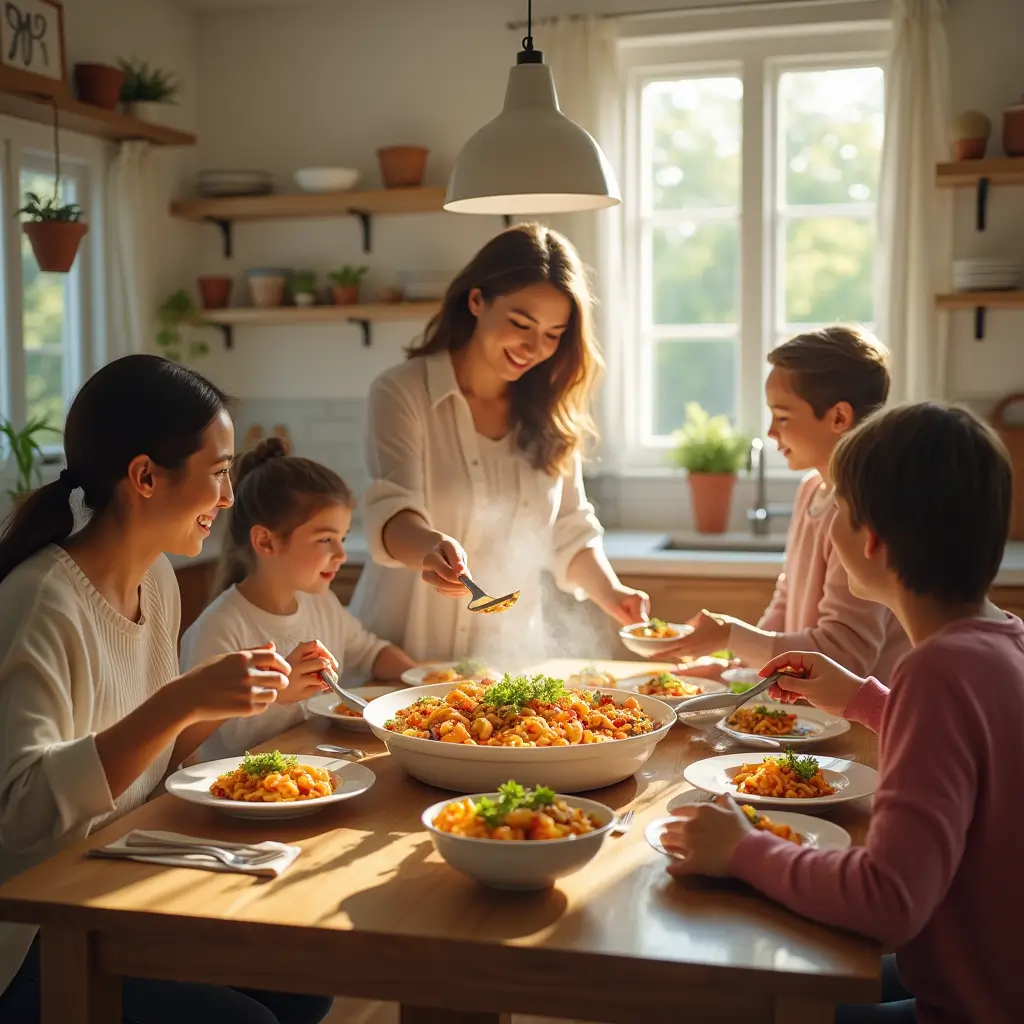
Creating the perfect seafood paella takes time and practice. Each time you make it, you’ll get better and enjoy the flavours more. With ingredients like saffron, bomba rice, and fresh seafood, you can feed eight people in just 1 hour and 5 minutes. This dish is not only delicious but also healthy, with 34 grams of protein and only 344 calories per serving.
We encourage you to share your paella on Instagram at @much.butter and Pinterest. Check out our YouTube channel for more cooking videos. And don’t forget to subscribe to our website for new menu ideas. Your seafood paella adventure is just starting!
FAQ
What makes seafood paella different from other rice dishes?
Can I make paella if I don’t have a traditional paella pan?
What type of rice is best for seafood paella?
How important is saffron in seafood paella?
What seafood works best in paella?
How do I achieve the perfect socarrat?
Can I make seafood paella ahead of time?
Are there any substitutes for expensive saffron?
How did you find this recipe?
There are no reviews yet. Be the first one to write one.

